You have found a box filled with old postage stamps in your attic. You are not so sure how to identify old postage stamps but you have a gut feeling that you have found your grandfather’s old stamp collection that dates back to the 19th century.
Then you become curious and ask “how can find the value of old stamps? When does the cost of old stamps increase?”
Postage stamps have their own corresponding values. Old postage stamps, especially the rare stamps, are worth more than the newer stamps.
The value of old postage stamps depends on the availability of similar stamp specimens. This means that the rarer your old postage stamp is, the more valuable it will be.
How much is an old stamp worth?
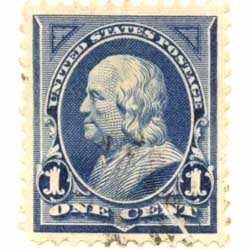
Keep in mind that aside from the stamp’s age, the stamp condition, grade, and rarity also counts.
Used postage stamps that dates back a century ago command a high price not only because of their age but because such stamp specimens are hard to find.
There are many ways to determine the price of postage stamps.
You can either contact a stamp dealer or you can estimate the stamp value by yourself.
There are many stamp dealers who do professional stamp appraisal services. Ask around from other philatelist about the right stamp dealer who can give you an unbiased value for your old postage stamps. Be wary of fake stamp dealers or those who might trick you into an unfair bargain.
If you do not want to shell out a sum for a stamp dealer’s fee, you can opt to find the value of your old postage stamp by yourself. The following steps will help you determine your old stamps worth.
How to find the value of old stamps?
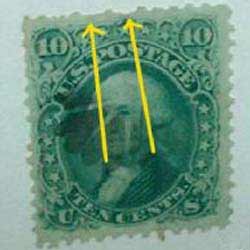
Identify the old postage stamp
Stamp identification is crucial in knowing the value of old postage stamps. Look up your old stamps in a stamp catalogue.
The Scott Specialized stamp catalog is widely read by American philatelists while the Stanley Gibbons catalogue is used in Great Britain. There you will find photographs and postage stamp prices sorted by the date of stamp issue. You can also refer to an old stamp price guide that is usually sold at philatelic shops.
Determine the centering
Centering is the first step in determining the stamp grade. Here you can see if the old postal stamp’s design is balanced in relation to the other parts of the stamp such as the margin and the vignette. Centering is a factor that determines the stamp grade.
There is no established system for grading the stamp’s center, so naturally it is done through eyeballing, a technique to see if stamp is centered by turning it upside down. When you look at the stamp in an inverted manner, your eyes will only focus on the stamp’s main design. As a result, you can impartially asses the stamp’s centering.
Study the condition or grade
The stamp condition or grade is one of the most important factors in determining the value of your old stamp. As mentioned earlier, the stamp grade refers to the how the stamp design was centered inside the stamp margin. Postage stamps are graded as extremely fine, very fine, fine, good, average, fair, and below average.
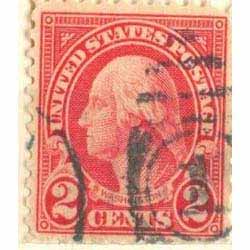
Meanwhile, stamp condition is the general appearance of the stamp. The old stamp value decreases when there is a missing or short perforation teeth, tears and creases on the stamp paper, faded stamp design, and so on.
Give attention to gum
The stamp gum is the glue found on the backside of a stamp. An extremely fine or mint postage stamps has a perfect gum that is still original and intact. The stamp does not have gum skips or heavy natural gum creases.
Stamp collectors pay a high price for old postage stamps with a mint gum. However, if the old postage stamp is unused but it was affixed onto a stamp album using a stamp hinge, its value will still decrease. Stamp hinges damage the stamp gum. Philatelists classify the gum of old stamps as used, unused, and used, never hinged.
Note the degree of cancellation
Stamp cancellation is a method of applying a marking on a stamp to indicate it is already used.
Old canceled stamps can either be lightly cancelled, wherein the main design of the stamp is visible and moderately cancelled; or heavily cancelled, the main design is barely visible and the cancel is dark. Heavy cancellation marks lessens the value of old postage stamps compared to stamps with light cancel marks.
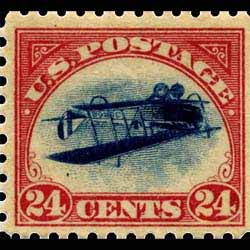
Determine the perforation condition
Stamp perforations are circular holes punched onto a printed stamp to facilitate its separation from other surrounding stamps on a sheet. Perfs vary in size and number, but all should have full teeth and clean holes. Stamp perforations are measured using a stamp perforation gauge.
Ascertain the rarity
The rarity of the stamp is based on its visibility in the market. In determining the value of old rare stamps, rarity may surpass condition or grade in importance because some stamp collectors would rather have a rare postage stamp or not have it at all. Actual and online stamp auctions are reliable sources in knowing the rarity and value of old postage stamps.
But some stamps with design flaws are considered valuable old rare stamps. These stamps are called error stamps and they command high premiums in the old stamp price guide. Most error stamps, as long as the imperfection is limited to the design, are considered rare stamps.
Know the stamp age and material
Every collector loves a stamp with a colorful history. The origin of the old postage stamp can simply tell what period the stamp was produced, where it was manufactured, and the type of material used.
Aside from an excellent stamp and grade, the value of old postage stamps will greatly increase if the stamps have a traceable history. These factors make vintage stamps highly desirable to stamp collectors. That is why there are philatelists who specialize in sea mail collecting because most of these old stamps have exciting stories to tell.

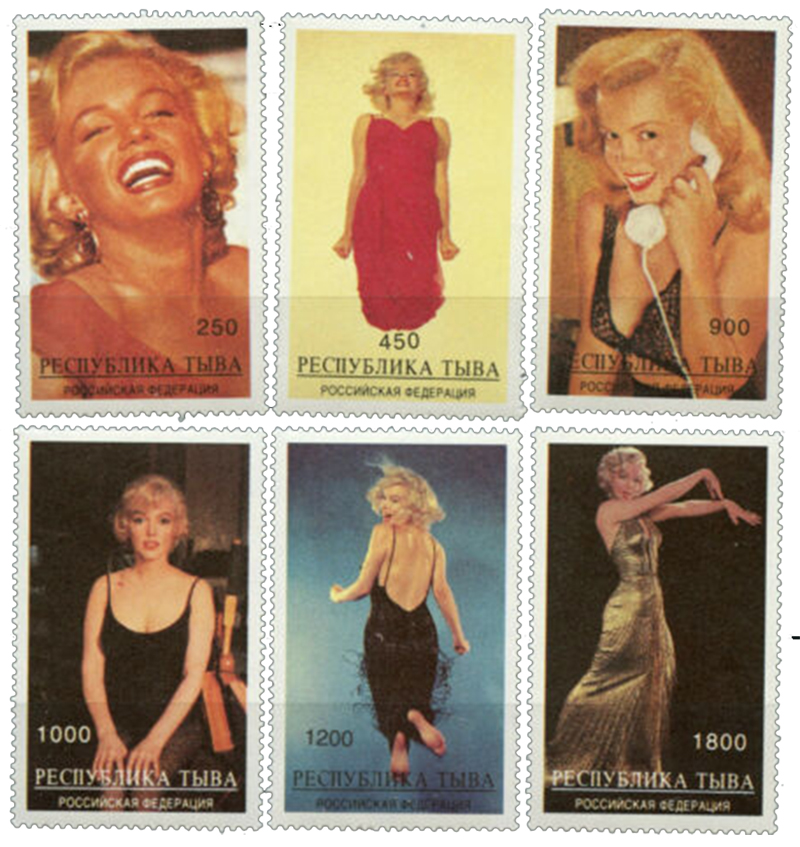
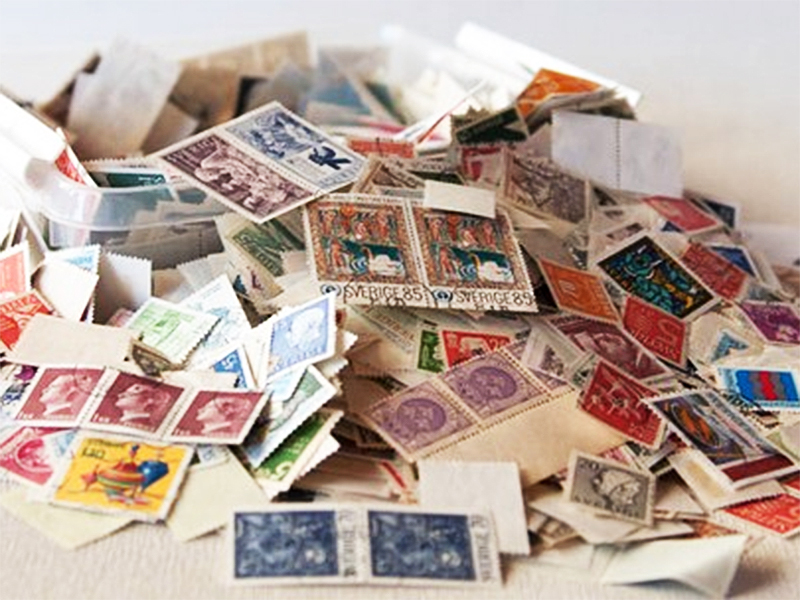
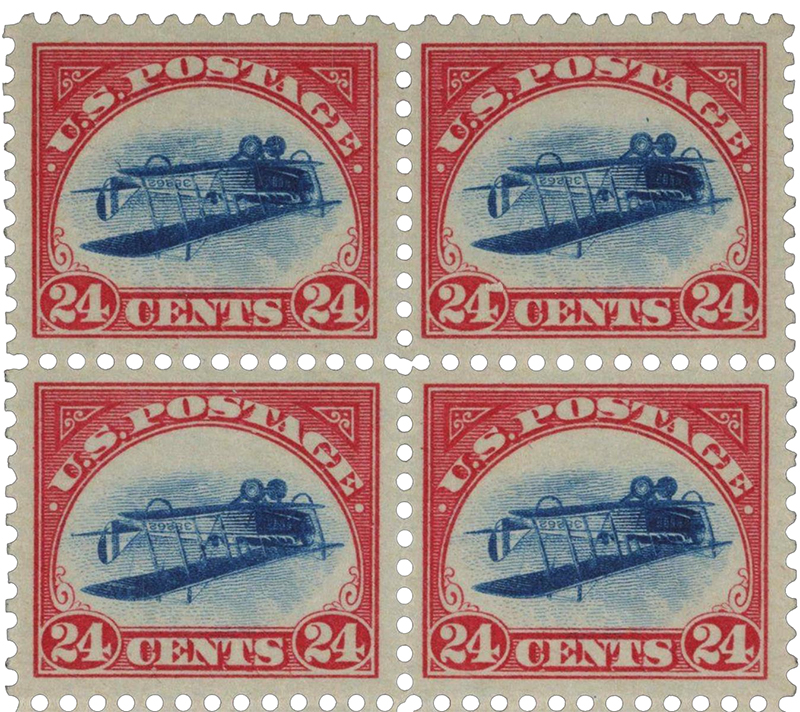
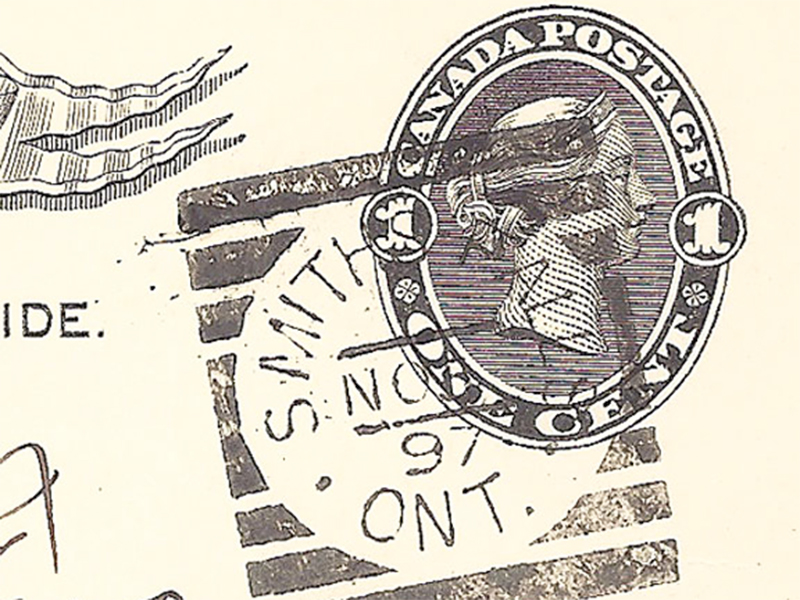
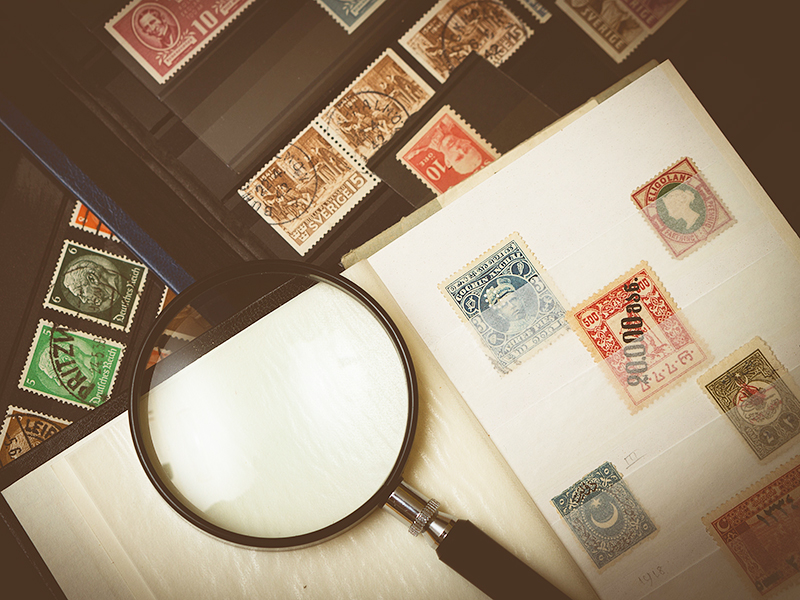
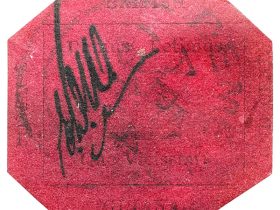
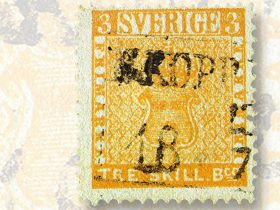
Leave a Reply